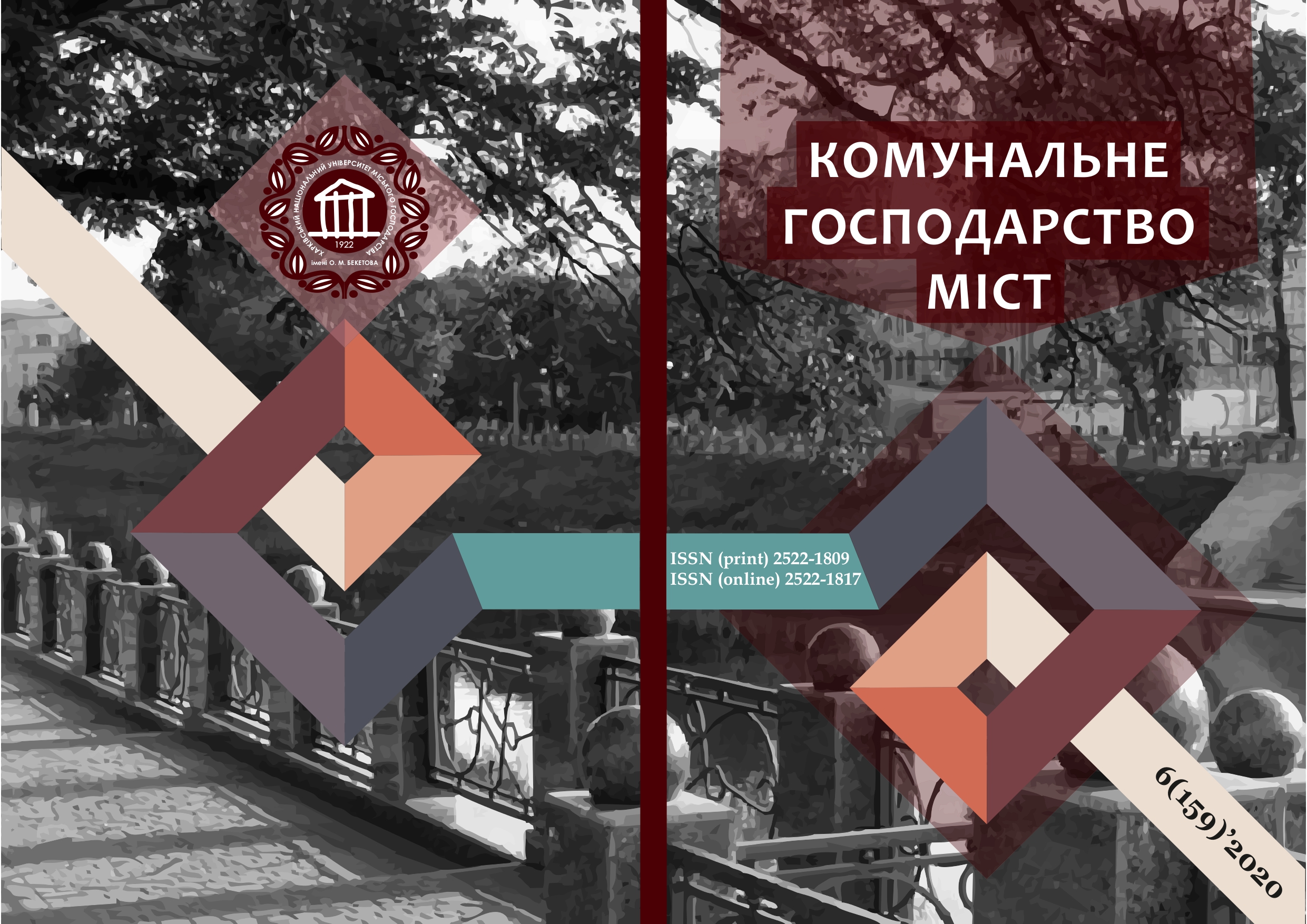MEASURING OF CONSULTING ENGINEER EFFICIENCY WHEN USING CONSTRUCTIVE-TECHNOLOGICAL TEMPLATES
Array
Keywords:
consulting engineer, constructive-technological template, efficiency indicators, engineeringAbstract
Modern innovations in public administration of construction provide significant modernization of the industry on the basis of engineering and project management - the introduction of the role of consulting engineer. This role involves a wide range of communications between all stakeholders in the investment and construction process. It may be relevant to use an information tool for modeling the product and construction processes - design and technological templates - to measure the effectiveness of these communications and, accordingly, to measure the effectiveness of the consulting engineer.
The article contains the analysis of reserves of optimization of investment and construction process and the description of possibilities of these reserves realization by means of constructive-technological templates. The main provisions of the concept of " constructive technological template in construction" were described and presented as information tool for construction management. The scheme of software interaction within the concept of "constructive-technological template in construction" and the scheme of knowledge management by the consulting engineer were developed. Indicators and ways to increase the efficiency of interaction between the consulting engineer and stakeholders were shown. The indicators of efficiency of the consulting engineer under the condition of using constructive-technological templates were substantiated.
The developed concept and schemes allowed to investigate the interactions of stakeholders in construction production. It is shown that when using the concept of "constructive-technological template in construction" the consulting engineer can perform a triple managerial role at a qualitatively new level. As a BIM manager, he must manage the knowledge of investment and construction activities. As a commercial specialist - must meet the requirements of participants during construction. As a construction project manager, he carries out strategic leadership and operational organization and control of construction production. On this basis, the indicators of economic and technical effect of the consulting engineer as a manager of the investment and construction process were substantiated.
References
2. He, Q., Wang, G., Luo, L., Shi, Q., Xie, J., & Meng, X. (2017). Mapping the managerial areas of Building Information Modeling (BIM) using scientometric analysis. International Journal Of Project Management, 35(4), 670-685. https://doi.org/10.1016/j.ijproman.2016.08.001
3. Volkov, A. (2014). How not to become an Eeyore donkey, or how BIM can establish a construction site. Electronic magazine http://isicad.ru/ Your window to the world of CAD. Retrieved 6 October 2020, from http://isicad.ru/ru/articles.php?article_num=17182.
4. Eremin, I. (1970). Scientific organization of labor and management in construction (p. 260). Vysshaja shkola.
5. Kononenko, I., & Agai, A. (2016). Formation of a generalized body of knowledge on project management. Management Of The Development Of Folding Systems, 27, 44-53. Retrieved 6 October 2020, from.
6. GE "UkrNDNC". DSTU ISO 19650-1: 20 ___. Organization and digitization of information on buildings and structures, including building information modeling (BIM). Information management using building information modeling. Part 1. Concepts and principles (identical to the international standard ISO 19650-1: 2018) (p. 76). Kyiv.
7. GE "UkrNDNC". DSTU ISO 19650-2:20___. Organization and digitization of information on buildings and structures, including building information modeling (BIM). Information management using building information modeling. Part 2. Construction stage (identical to the international standard ISO 19650-2:2018) (p. 64). Kyiv: GE "UkrNDNC."
8. Verkhovna Rada of Ukraine. (1999). On architectural activity: Law of Ukraine of 20.05.1999 № 687-XIV. Kyiv: Bulletin of the Verkhovna Rada of Ukraine (VRU).
9. Vakhovych, I., Molodid, O., & Tereshchenko, L. (2017). The profession of consulting engineer. Construction Production, 63, 16-20. Retrieved 6 October 2020, from https://ndibv-building.com.ua/index.php/Building/issue/view/8/PDF4.
10. Skripko, L. (2011). Process approach in quality management: a textbook (p. 105). Izdatel'stvo SPbGUJeF.
11. Ministry of Economic Development of Ukraine. (2013). DSTU ISO 9004. Management to achieve sustainable success of the organization. Quality management approach (ISO 9004: 2009, IDT) (p. 45). Kyiv: Ministry of Economic Development of Ukraine.
12. Khmil, F., & Plesha, M. (2013). Review of information and software of the manager's work. Vіsnik L'vіvs'koї Komercіjnoї Akademії. Serіja Ekonomіchna, 40, 124-134. Retrieved 6 October 2020, from http://nbuv.gov.ua/UJRN/Vlca_ekon_2013_40_17.
Downloads
Published
How to Cite
Issue
Section
License
The authors who publish in this collection agree with the following terms:
• The authors reserve the right to authorship of their work and give the magazine the right to first publish this work under the terms of license CC BY-NC-ND 4.0 (with the Designation of Authorship - Non-Commercial - Without Derivatives 4.0 International), which allows others to freely distribute the published work with a mandatory reference to the authors of the original work and the first publication of the work in this magazine.
• Authors have the right to make independent extra-exclusive work agreements in the form in which they were published by this magazine (for example, posting work in an electronic repository of an institution or publishing as part of a monograph), provided that the link to the first publication of the work in this journal is maintained. .
• Journal policy allows and encourages the publication of manuscripts on the Internet (for example, in institutions' repositories or on personal websites), both before the publication of this manuscript and during its editorial work, as it contributes to the emergence of productive scientific discussion and positively affects the efficiency and dynamics of the citation of the published work (see The Effect of Open Access).

